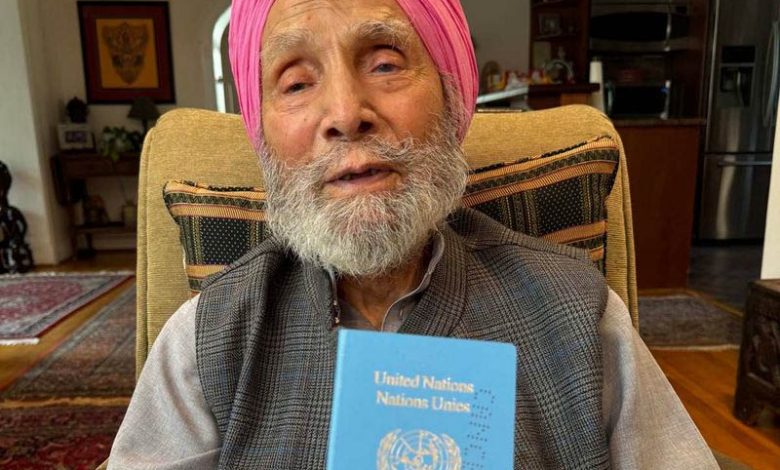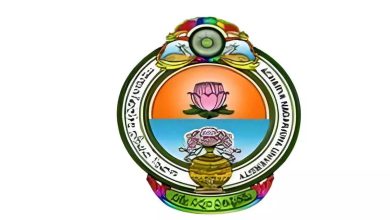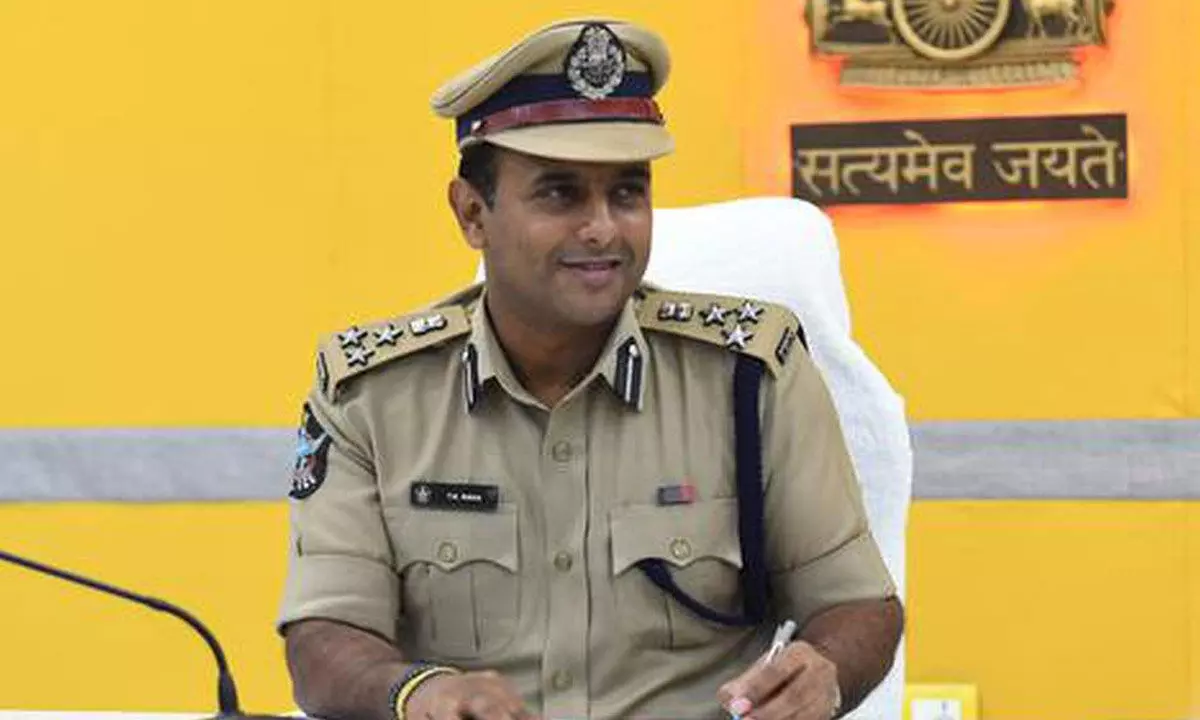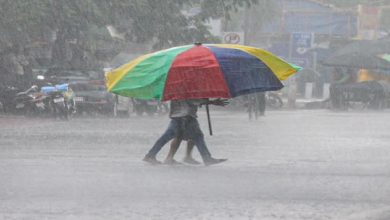Punjab: Kamala Harris’s roots among the oldest Sikhs in Washington

Punjab: Dr Shamsher Singh Babra, a classmate of late Chief Minister Parkash Singh Badal of Punjab at the Sikh National College in Lahore, is the oldest Sikh living in Washington DC today. Nearly touching the age of 100, he was also the first Sikh to become a resident of the US capital in 1955. Known as “Dr Shamsher Babra of the World Bank” for being the first Sikh to join the bank in 1962, he has been known to everyone in the Indian-American community since the 1950s. Shyamala Gopalan, mother of US presidential candidate Kamala Harris, was one such woman. “I knew Shyamala very well. We are making every effort to support Kamala, as she is the daughter of my friends Shyamala and Don (Donald Harris). The other day my daughter-in-law and many professional women gathered at our house to prepare cards and pamphlets in support of Kamala,” says Dr. Babra, sitting in the family room of his residence on leafy Springdale Street in Washington DC.
“The chances of her winning are fifty-fifty. But if she wins, it will be a major event not only in the US, but also globally, as she will be the first woman to hold the most powerful position in the world.” Recalling his association with Kamala’s mother, Dr. Babra says, “I first met her when I went to Berkeley to visit my friend Ajit Singh in 1961. Berkeley was the epicentre of anti-Vietnam protests. Shyamala was a fiery leader. She was very outspoken and very committed to what she believed in. She wanted the Americans to get out of Vietnam and put her heart and soul into it. She never spoke softly.” He says he met Shyamala again when Kamala and her sister Maya were about 10 or 12 years old. “Wearing pigtails and skirts, both the sisters looked smart and cheerful. I don’t remember my conversation with them.” Describing Kamala’s father Don Harris, who teaches at Stanford, as a very nice person, he says, “Don came to meet me at the World Bank twice for some documents required for his course.” He enthusiastically talks about his recent meeting with Ajay Banga, the first Sikh president of the World Bank. “I met Ajay Banga at a meeting of retirees on June 5. When I told him that I am the first Sikh to join the bank, he was very happy and hugged me. We chatted for a while. It is a matter of great pride for Sikhs and India that Ajay Banga is the head of the World Bank.”
Talking about his days spent in Lahore with Badal and other top Akali leaders in the 1940s, he says, “Both Badal and the late Punjab minister Umrao Singh were my classmates in the Sikh National College in Lahore in 1944-46. We used to call all students from the Malwa region of Punjab ‘Ferozepuria’. Their parents used to send them boxes of pure desi ghee.” He says, “Badal was a tall, handsome young man, but he was not good at studies. He used to take tuitions from Professor Arjun Singh, who taught chemistry in our college. After two years, Badal left the college and joined Forman Christian College in Lahore.” Talking about his association with Master Tara Singh, the tallest Akali leader in Lahore, Dr. Babra says, “Jinnah was willing to give the Sikhs a state called ‘Sikhistan’ if they joined Pakistan, but Master Tara Singh rejected it. Under his leadership, the Akalis met in the Punjab Assembly in Lahore in March 1947 to reject the demand for Pakistan.
When they came out, the Akalis were brandishing kirpans.” Refuting rumours that Master Tara Singh tore the Muslim League flag (which triggered the riots), he says, “No, he did not tear the Muslim League flag.” Born in Chotiyan Galotian village in Sialkot district, Dr. Babra was 20 years old at the time of Partition. After moving to India, his family finally settled in Karol Bagh, Delhi, where he did his M.A. in Mathematics and then moved to the UK in 1952. While working at the Indian High Commission in London, he met Balwant Singh Kalkat, who was going to Washington to lead an Indian supply mission to buy food grains from the US. “Kalkat invited me to work for him in Washington DC. With $250 in my pocket, I boarded a ship and reached the US in 1955,” says Dr Babra. In Washington, Dr Babra later worked for the Indian Embassy, did a PhD in economics, joined the World Bank and married his Welsh girlfriend. “For the sake of our love, she went to India alone to be baptised at Gurdwara Bangla Sahib in Delhi and became Maldeep Kaur. Three weeks later, I also came to India and we got married in Rajpura, Punjab in 1962,” he recalls.





